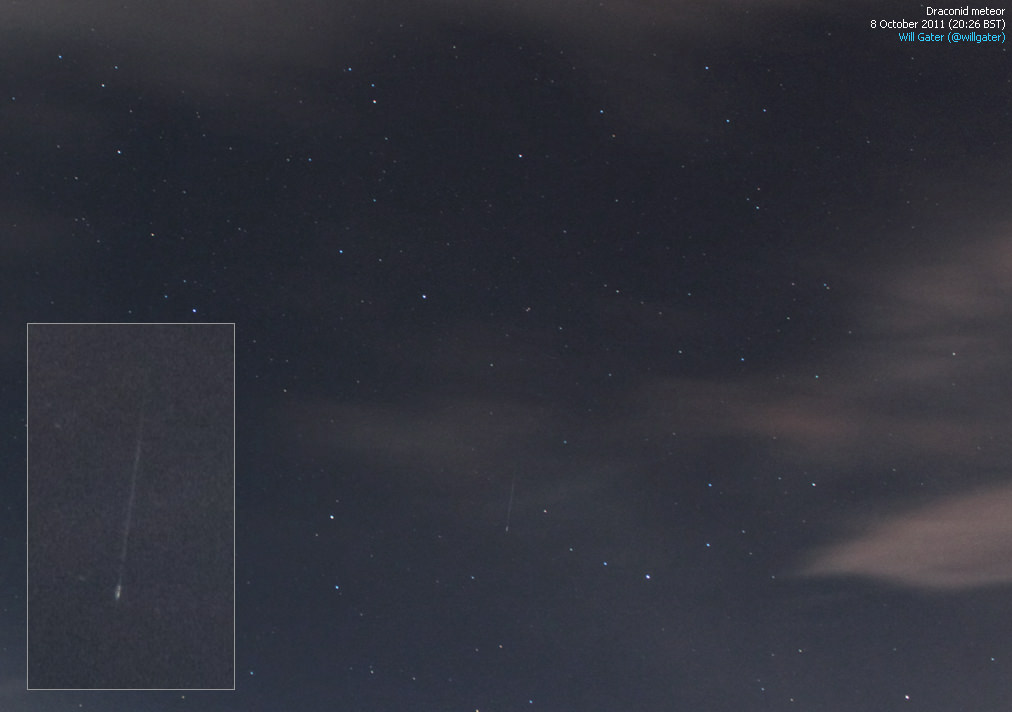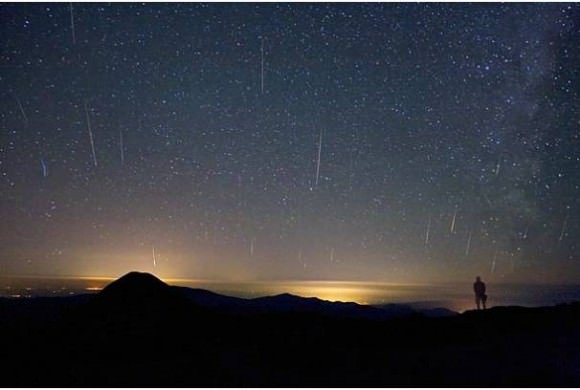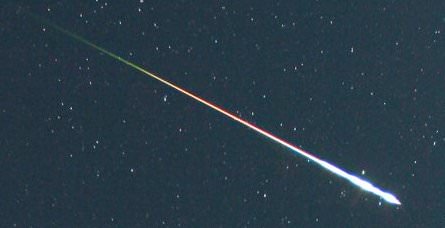[/caption]
After weeks of speculation of its intensity, the Draconid/Giacobond meteor shower finally arrived. Some astronomers predicted that this normally quiet meteor shower would deliver up to 1000 meteors per hour at its peak – Were they right?
At approximately 20:00 BST (21:00 UT) on October 8th 2011 the shower started in earnest and many in the UK and Europe looked forward to an evening of meteor watching.
Unfortunately, many people were under thick clouds and missed the display, but there were a few places where the clouds cleared and observers were treated to a memorable spectacle.
I have done many meteorwatch evenings in the past, but this one got exciting very quickly and the uncertainty of the amount of meteors was soon doused.
Many people including myself were popping outside and trying to glimpse meteors through the clouds, but most of the time the Meteorwatch Meteor Live View was being used.
Everything was fairly sedate apart from us all moaning about the weather, but then all of a sudden at approximately 20:30 BST (19:30 UT) The Meteor Live View app on the Meteorwatch website went crazy!
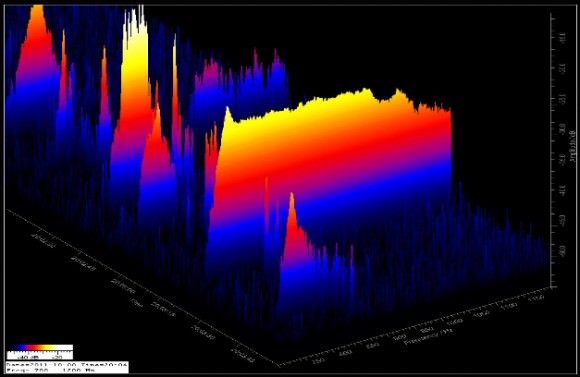
Many people started to get good breaks in the clouds including myself and there were reports of dozens of meteors in just a few short minutes, much to the envy and disappointment of those still clouded over.
At this time the International Meteor Organisation (IMO) reported observations of just over 300 meteors per hour (319 ZHR).
The evening continued and to everybody’s delight (to those who could see meteors), there were many. I saw 3 within a couple of seconds and this continued for about an hour.
Eventually rates started to decline, people saw less and the Meteor Live View started to show less activity.
At approximately 22:00 BST (21:00 UT) meteor activity dropped substantially – The show was over!
The IMO results were posted on their website with rates of just under 350 meteors per hour at the peak of the shower, reported by their observing stations.
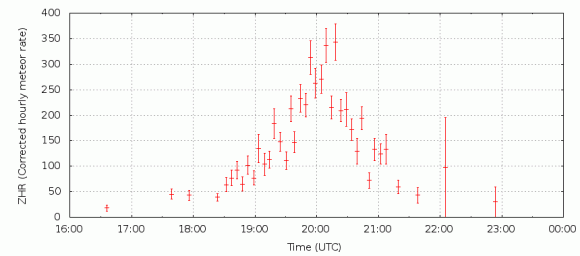
Did the Dracondids/ Giacobonids live up to expectations in the end? I would say yes, a fairly heavy meteor shower, maybe it could be called a mini storm!

